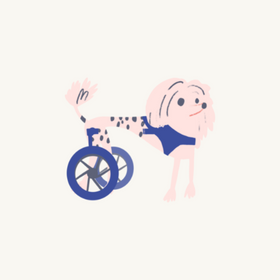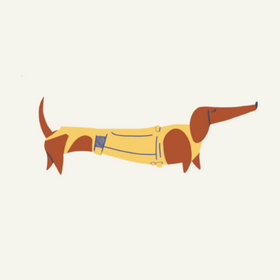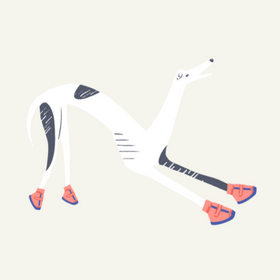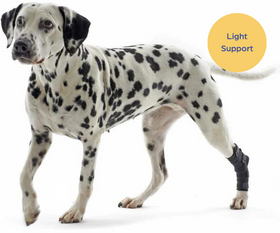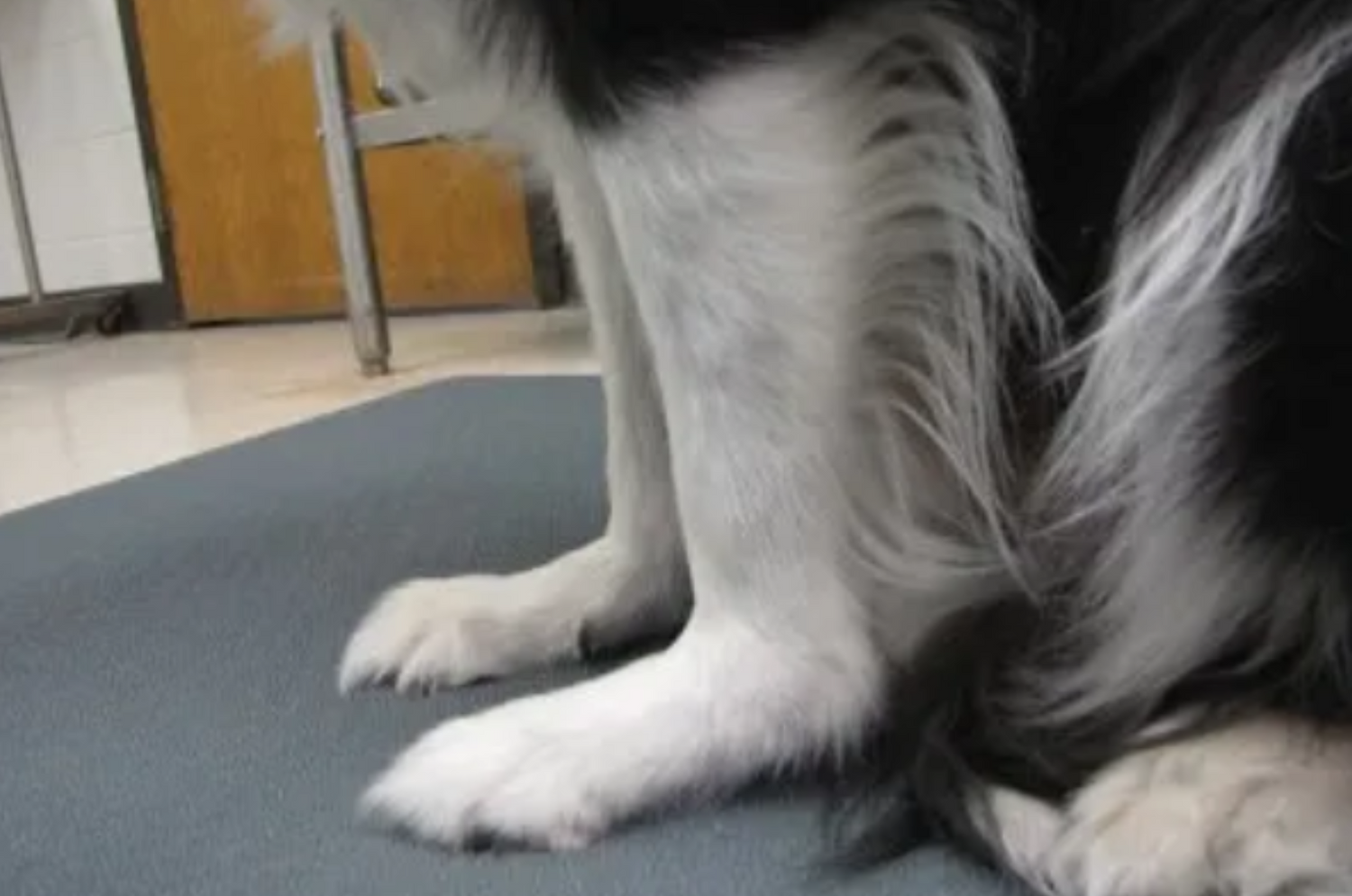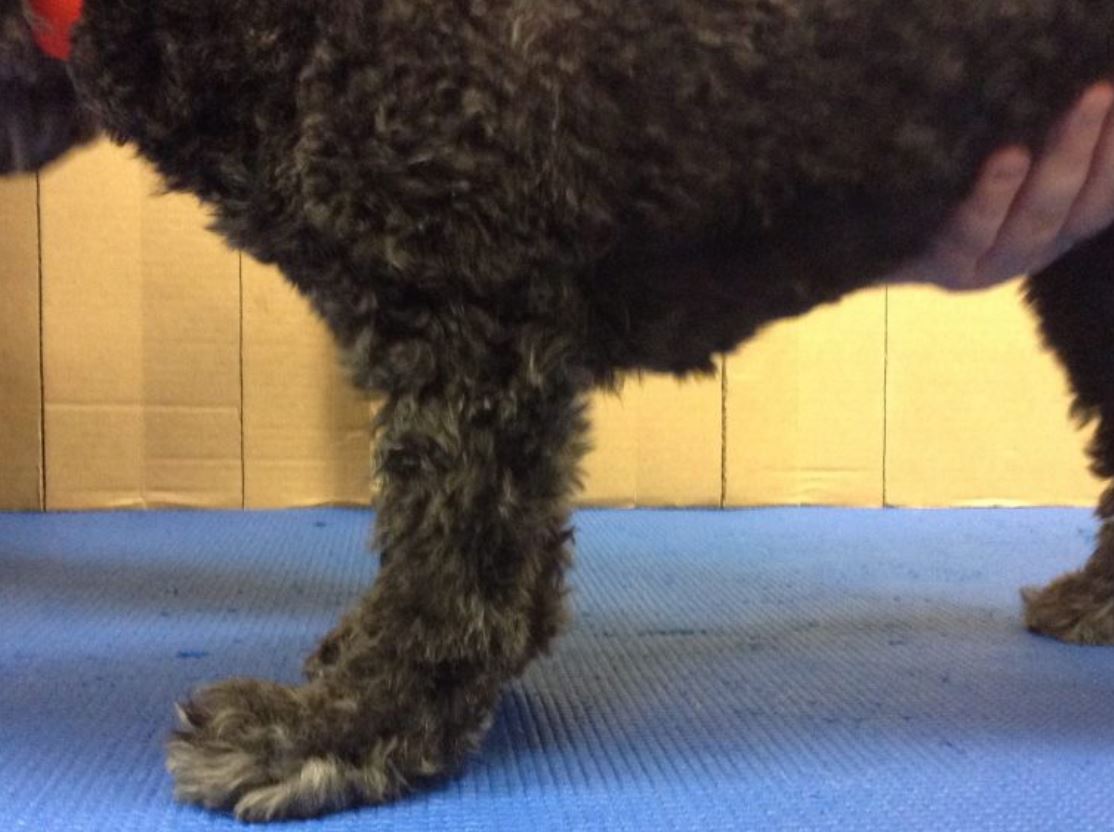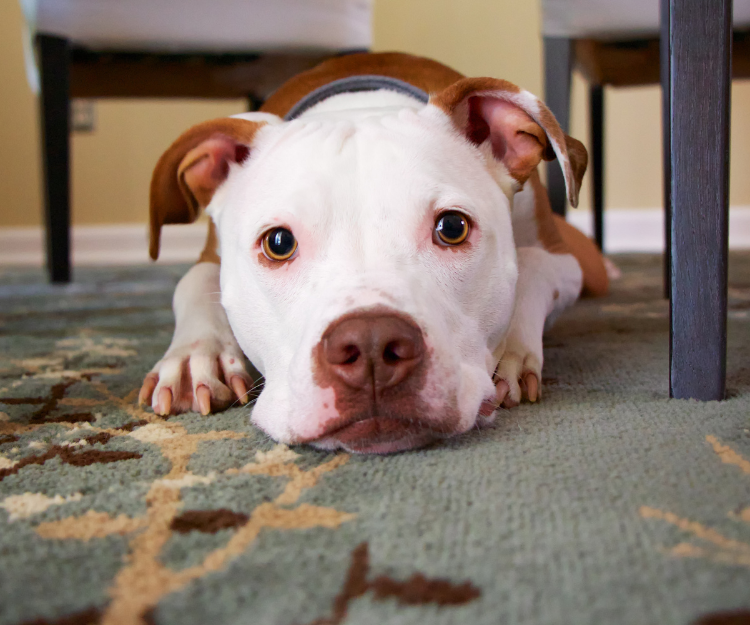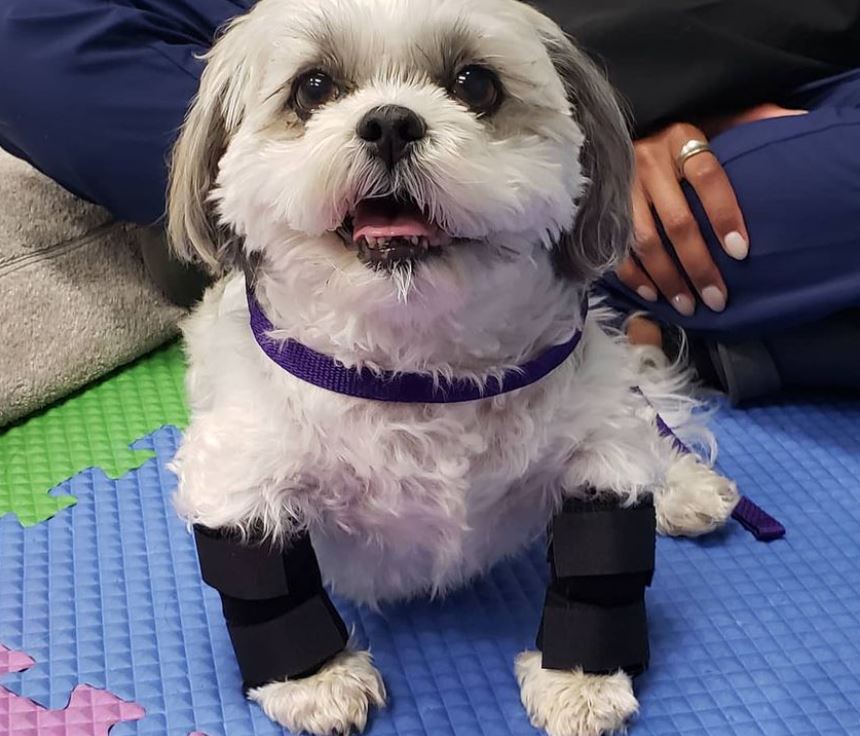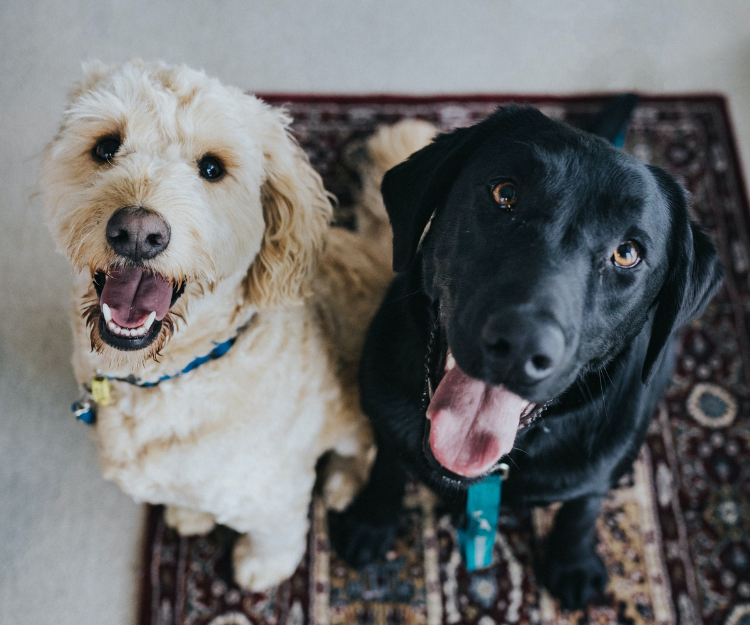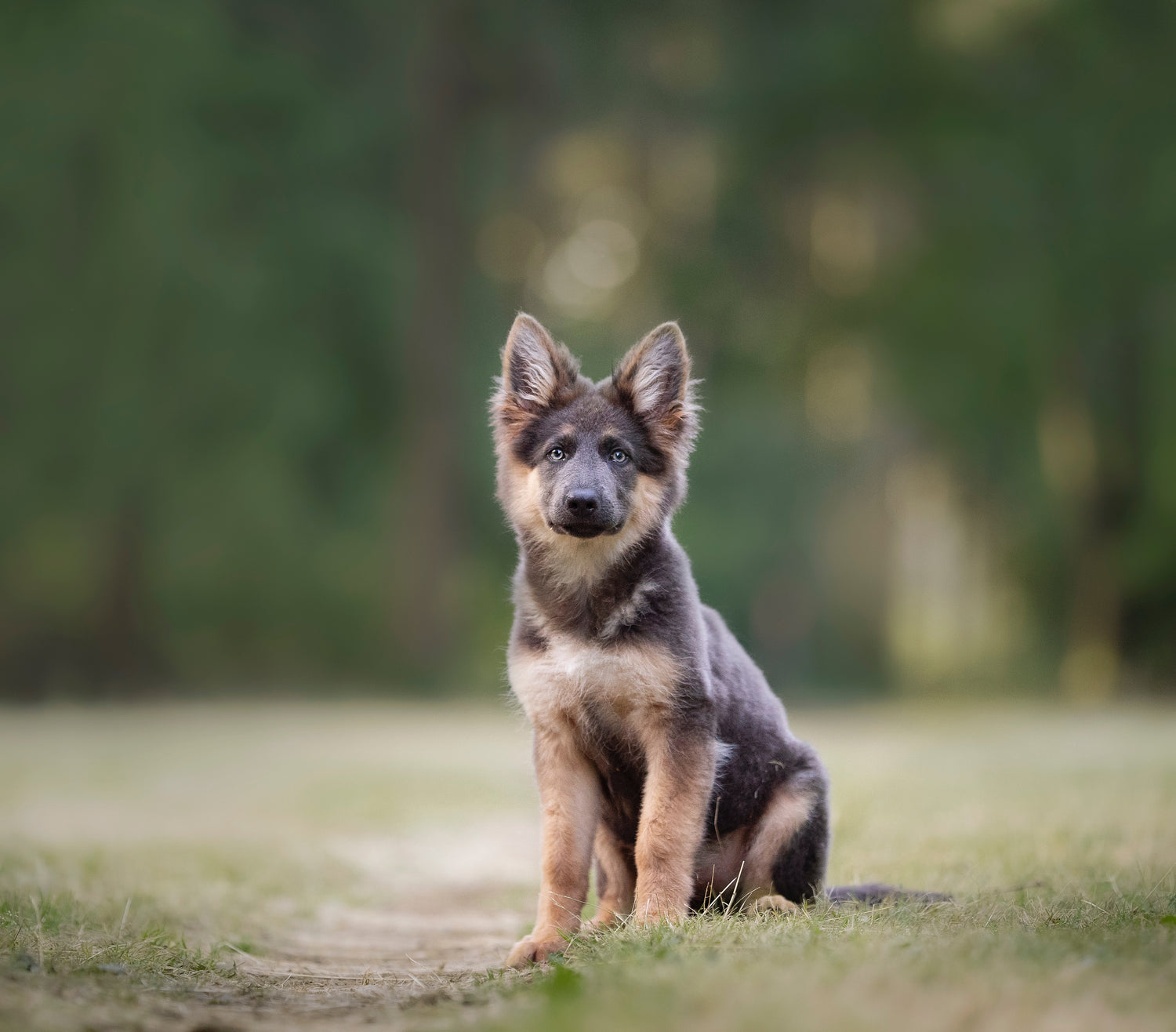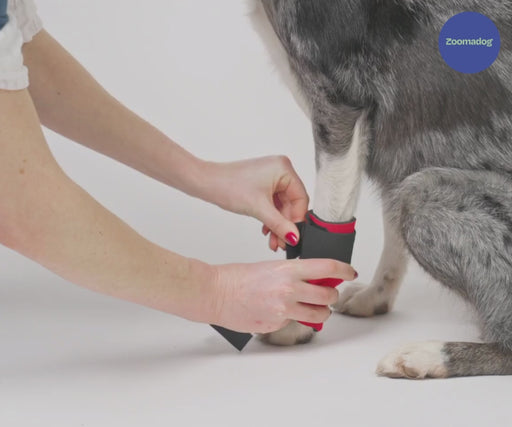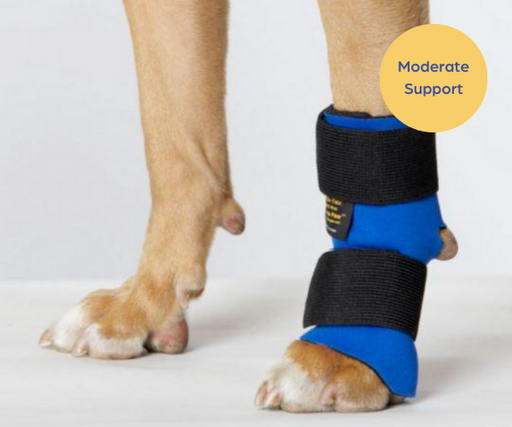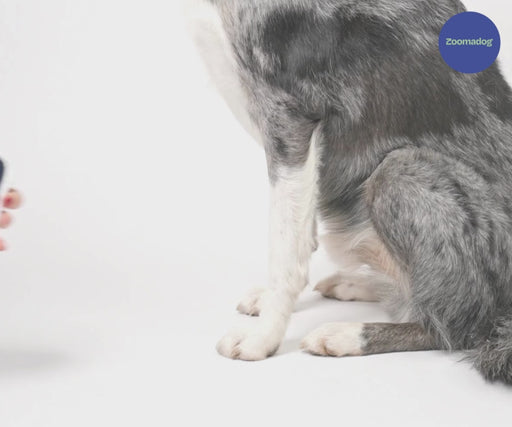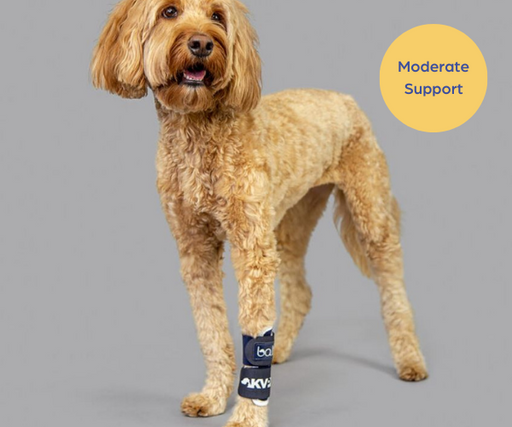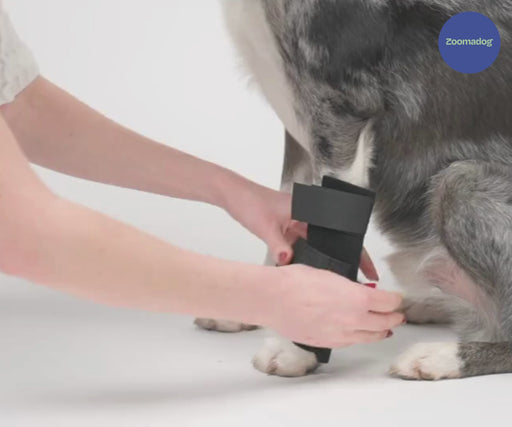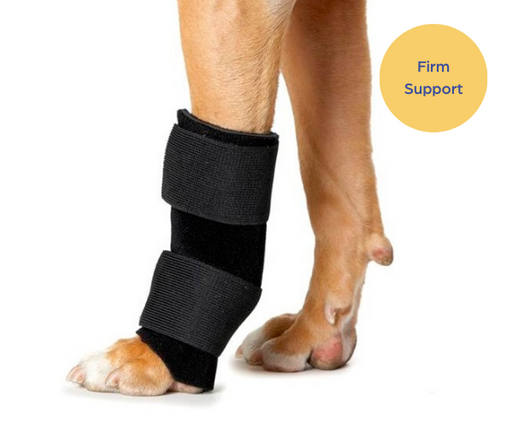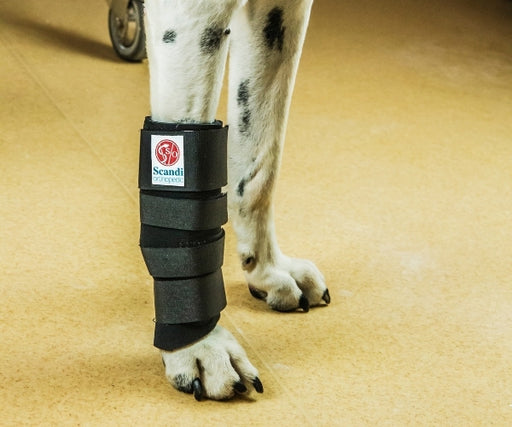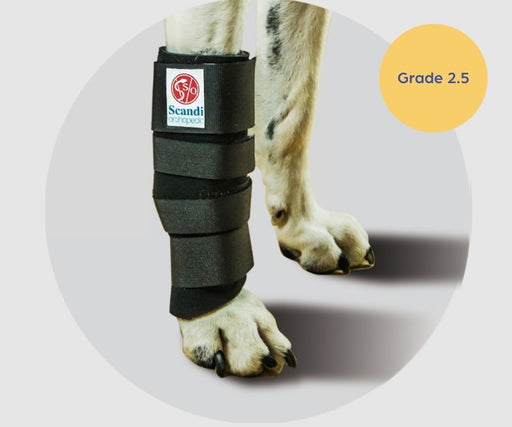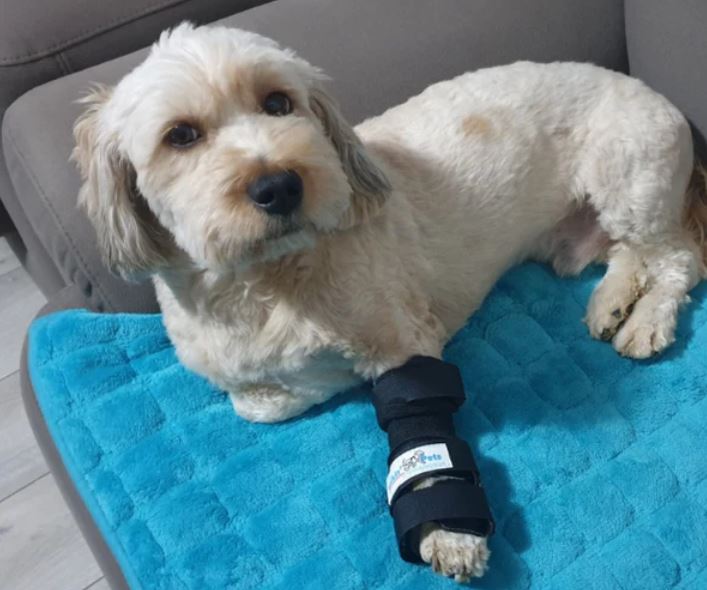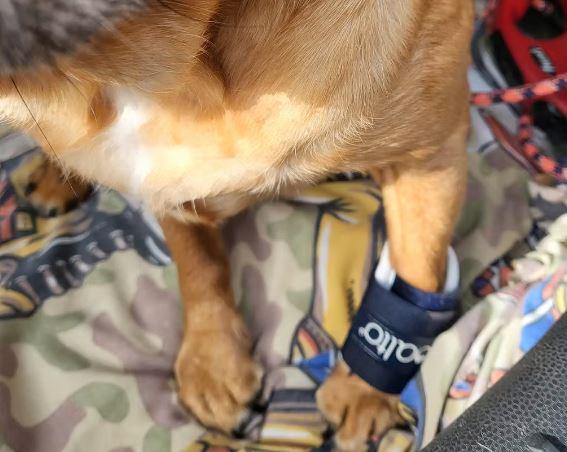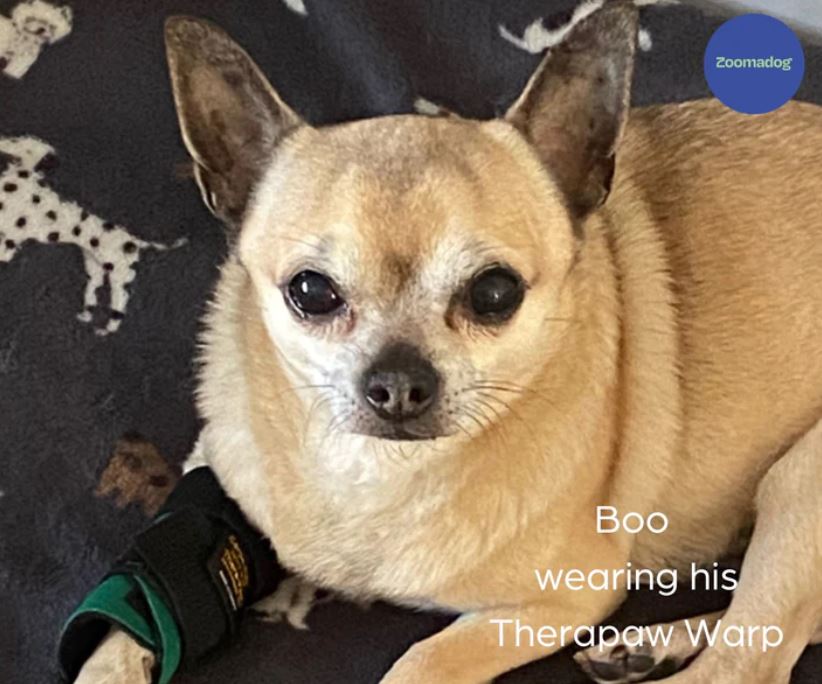- Surgical Intervention - Severe, high-grade sprain injuries and many forms of degenerative hyperextension may require surgical correction to stabilise the carpal joint and address the underlying issue.
Surgery is often the preferred treatment because of the unlikelihood of the ligaments healing through conservative treatment. There aren’t any procedures to restore the dog carpal joint, so arthrodesis surgery (fusing the joint) is often recommended.
The veterinarian surgeon uses a combination of plates and screws to fuse the forelimb with the paw across the carpal joint. This immobilises the carpus in a functional position.
The surgery allows your dog to weight bear normally and provides stability. It won’t, however, restore the joint’s previous mobility.
There are two main types of carpal arthrodesis surgery:
Partial Carpal Arthrodesis: There are 3 rows of carpal joints. If the two with minimal movement - the middle carpal and carpometacarpal joints (either or both) - are affected, they can be fused together. This is intended to preserve the movement of the joint. The risks of this surgery include the possible development of osteoarthritis or collapse of the main joint - the antebrachiocarpal. More surgery may then be necessary. There have been improvements in the implants used for partial carpal arthrodesis. Post-surgery, this may help maintain the joint for longer.
Pan Carpal Arthrodesis: When the antebrachiocarpal joint is damaged, this surgery fuses the entire carpus joint. It’s recommended as the carpus is likely beyond repair. The surgery allows your dog to use the limb again. Post-surgery, there’s also often a significant reduction in pain. A bone plate (sometimes two, plus screws) stabilises the carpus. Sometimes bone taken from the shoulder is grafted to the arthrodesis site to improve the chances of a successful outcome. This surgery allows dogs to have normal or near-normal function after the surgery. However, their gait will be permanently altered.
As with all surgery, there’s the possibility of complications - some of which may need further surgical management. Therefore, rigorous post-operative care is very important. This will help to minimise the risk of these complications occurring.

